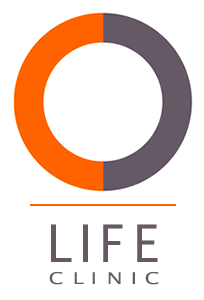What is In Vitro Fertilization (IVF)?
IVF is the most well-known fertilisation technique. In vitro fertilisation signifies the way that the eggs are fertilised and practically means natural fertilisation in laboratory conditions (outside the body).
During the treatment the ovaries are stimulated using fertility drugs to produce more than one eggs that normally produces in each cycle.
The eggs are collected with a fine needle using ultrasound guidance under light sedation.
The sperm and eggs are mixed together overnight in the laboratory under controlled conditions to promote fertilisation. The eggs are examined the next day and then the normally fertilised are left to develop in the laboratory.
A few days after, the most suitable fertilised eggs (embryos) are selected for embryo transfer. Embryos are generally transferred back into the uterus two, three or five days after egg collection. If blastocyst transfer is required, this takes place five or six days after egg collection. Any remaining embryos of good quality can be frozen for future use (see embryo freezing).
IVF is used for a wide range of infertility problems where the sperm can not reach the egg and subsequently to fertilise it naturally.
This may be due to blocked or damaged Fallopian tubes, endometriosis, low sperm count or poor quality eggs.
Also in cases of unexplained infertility or where other fertility treatments such as Ovulation Induction and IUI have been unsuccessful.
Success rates for IVF vary and are dependent on many factors such as the woman’s age, cause of infertility and presence of additional factors. The chances of conception decline with increasing age. After 38 years of age a woman has a significantly reduced rate of success.
Advantages
- It has the highest chances for success per cycle, of all assisted reproductive treatments.
- A successful treatment also results in the freezing of some good embryos that could be used in the future without the need for a new treatment
- Regardless of whether it is successful or not, it can provide answers about the infertility causes for the specific couple, due to the observation and evaluation of the whole process in the laboratory.
Disadvantages
- Relatively high cost compare to other procedures
- Use of fertility medicines for the ovarian stimulation
- Risks of the invasive procedure (egg collection)



